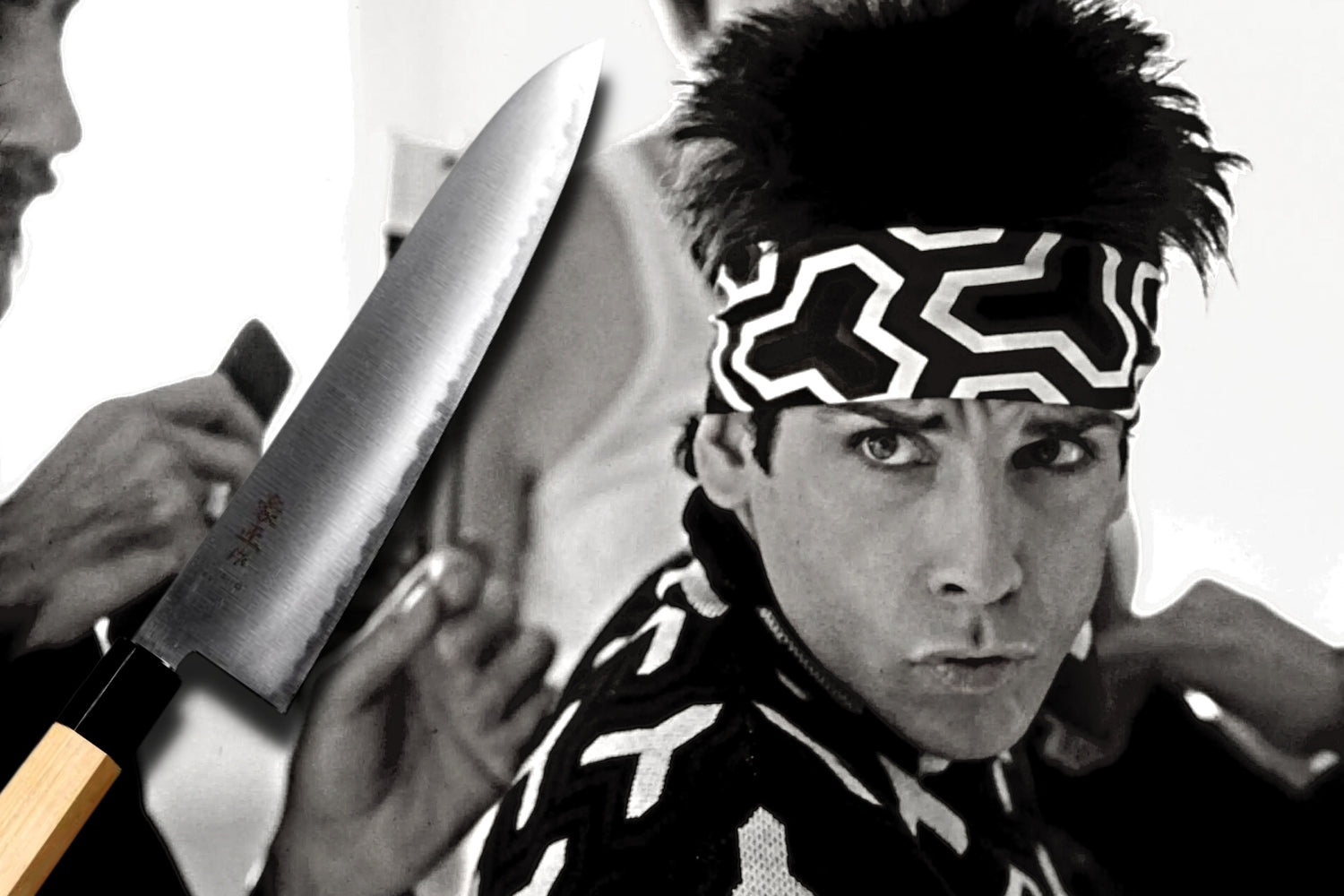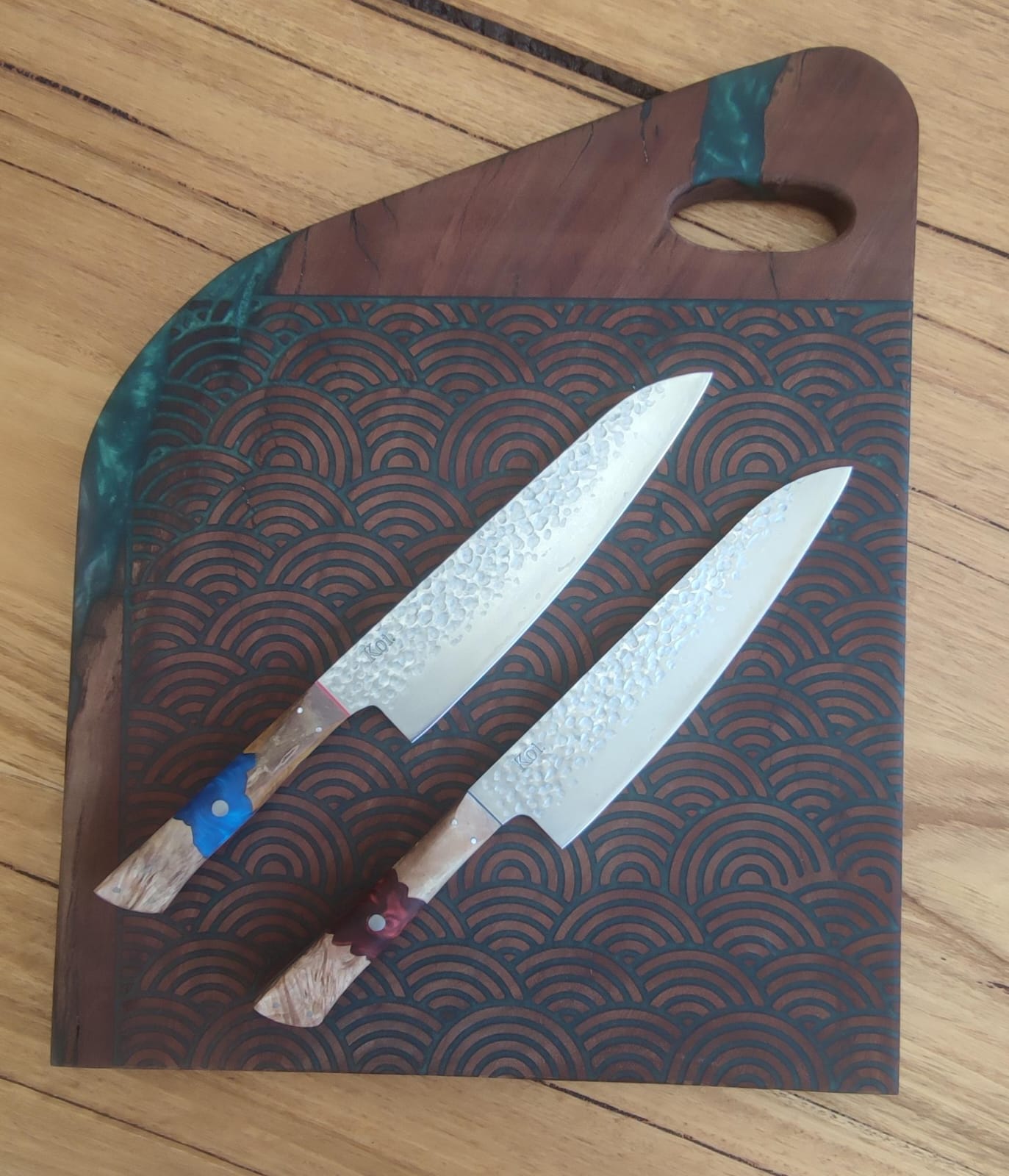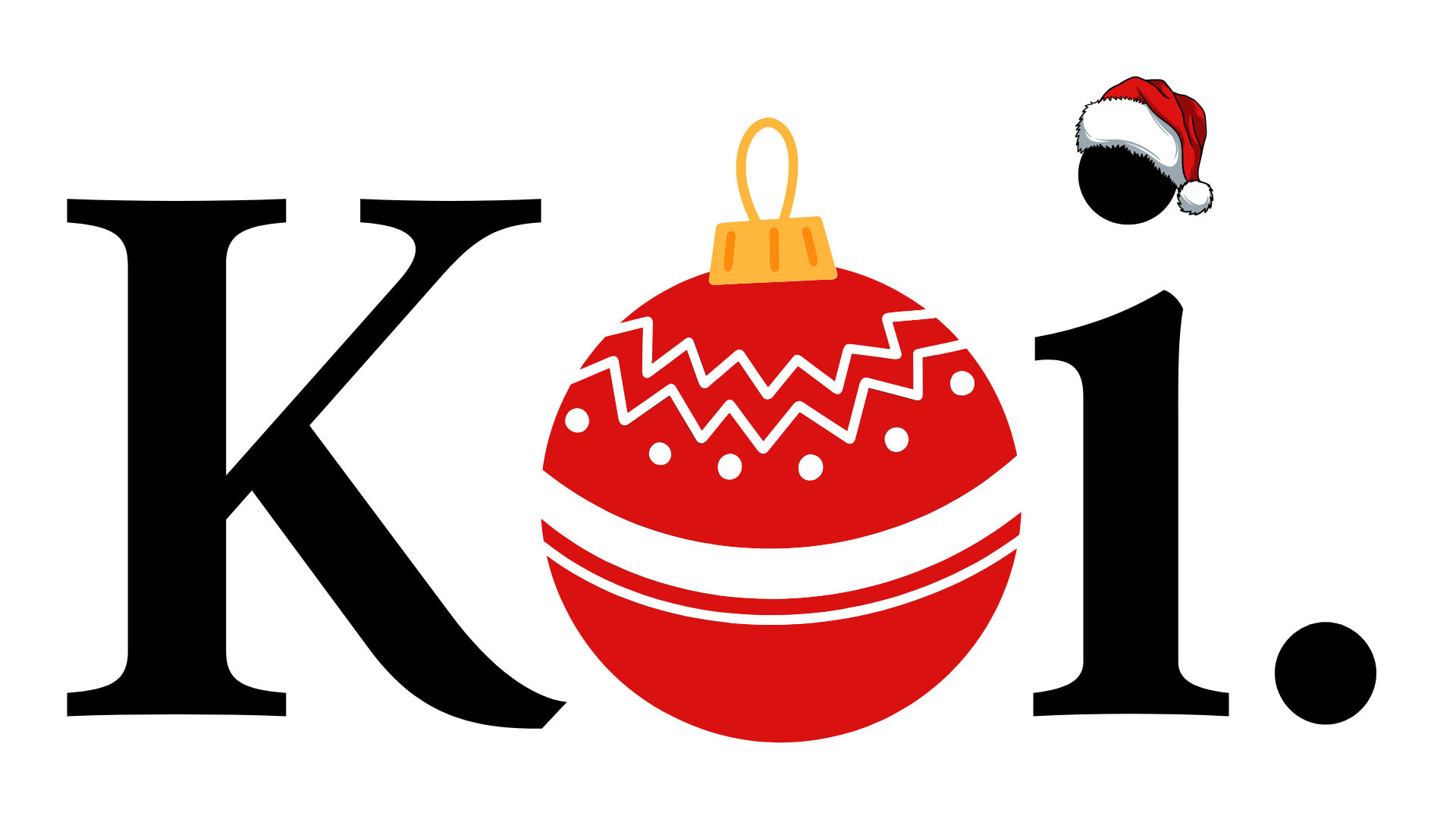It is typically divided into three grades, with Aogami No. 1 being the highest quality and containing the highest amount of carbon. Aogami No.2 and Aogami No.3 are high-quality steels but contain slightly less carbon.
Aogami steel adds tungsten and chromium to a high-carbon base, increasing its hardness and corrosion resistance. While tungsten makes Aogami steel relatively harder to sharpen, the added chromium helps prevent rust and corrosion, making it a more durable option than other types of steel.
Aogami steel, also known as "Aoko," is often used in producing high-end knives, such as Japanese chef knives and traditional Japanese swords. Blades made from Aogami steel are highly sought after by professional chefs and knife enthusiasts for their excellent cutting performance and durability.
However, it should be noted that, due to the reactivity of Aogami steel, it requires proper care and maintenance to prevent rust and corrosion. Only professional knife sharpeners with the appropriate skill set should sharpen it to a fine edge to prevent the blade from cracking or breaking.
Aogami steel comes in different variations, with the three main types being:
Aogami #1
Aogami No.1 steel is known for its high carbon content and a higher amount of chromium and tungsten than Aogami No.2. This makes it more expensive than No.2. However, its stickiness and abrasion resistance make it a top choice for those looking for high-quality cutlery.
It's worth noting that because of the high content of chromium, the knives made from Aogami No.1 may feel slippery when cutting. A finishing whetstone with a rougher touch can be used to solve this. Replacing a No. 8000 whetstone with a No. 6000 can add sharpness to the blade and give easier bite when slicing.
Some may question why a coarser whetstone is needed for this blade. It's because when a chef feels a sense of sharpness, the blade's edge is rough like a micro saw, giving the blade easier purchase when cutting. This is less desirable for cutting sashimi, but it's a personal preference.
It's also worth mentioning that Hitachi Metals strictly controls the amount of phosphorus and sulphur, which affect sharpness, in their products.
Aogami #2
Aogami No. 2 is the most widely used type of Aogami steel and is known for its ease of sharpening and resistance to chipping. It contains 1.0–1.2% carbon and rates at 64–65 HRC on the Rockwell hardness scale. Aogami No. 2-B is considered as the standard when it comes to evaluating Aogami steel cutlery.
Its ease of use makes it the perfect choice for those looking to purchase their first Aogami steel knife. It is also considered an icon of Aogami cutlery, and its popularity among users reflects its quality and performance.
Aogami Super
Aogami Super, also known as Super Blue, is the most rigid type of Aogami steel. It contains 1.45% carbon and rates 65–67 HRC on the Rockwell hardness scale. Additionally, it contains vanadium, which gives it superior wear resistance and the ability to hold an edge for extended periods. However, Aogami Super is also the most difficult to sharpen due to its hardness.
Furthermore, it contains molybdenum, which helps it cool in either oil or water during the heat-treating process, forming stronger carbides.
Aogami vs. Shirogami (White Steel): What's the Difference?
When looking for a Japanese high-carbon steel knife, you'll likely come across two main types of steel: Shirogami and Aogami. Both are suitable for knife making, but they have some notable differences. Shirogami is commonly referred to as white steel, while Aogami is the highly sought-after blue paper steel.
The key distinction between Shirogami and Aogami is that while Shirogami is honed to a very sharp edge, it is more brittle and susceptible to rust. Conversely, Aogami steel is harder and more resistant to corrosion but harder to sharpen. Additionally, Aogami steel contains chromium and tungsten, contributing to its increased durability.
Let's examine the distinctions between Shirogami and Aogami steel while highlighting their similarities. We will compare their features and characteristics to provide a better understanding of the unique properties of each type of steel.
Shirogami (White Steel)
Shirogami is a high-carbon steel known for its purity, as it contains low impurities such as sulphur and phosphorus. It is made primarily from carbon and iron, with a carbon content of up to 2.7%. The steel is often referred to as "white paper steel" due to the white paper used to wrap the blades after forging.
Many chefs consider Shirogami the best steel for making knives due to its exceptional quality. It is known for its ability to achieve a mirror-like finish when sharpened and its excellent edge retention. A Shirogami knife can retain its edge for months with proper care and maintenance.
However, Shirogami is also known to be quite brittle, making it susceptible to chipping and breaking. Additionally, it is reactive steel that can rust or corrode if exposed to extreme conditions. Nevertheless, forming a carbon steel patina can help protect the blade from rust.
A Comparison Table between Aogami and Shirogami
|
Shirogami |
Aogami |
|
Has less concentration of impurities - phosphorous and sulphur |
Additional elements include chromium and tungsten, in addition to impurities like phosphorus and sulphur. |
|
It achieves a very sharp edge but doesn't retain its sharpness for an extended period. |
Aogami steel may be more challenging to sharpen, but it has excellent edge retention properties. |
|
The absence of chromium in shirogami makes it more susceptible to rust and corrosion. |
The presence of chromium in Aogami steel helps to decrease the likelihood of corrosion. |
|
Shirogami steel is prone to chipping when used on hard materials due to its brittle nature. |
The inclusion of tungsten greatly enhances the durability of Aogami steel. |
|
Shirogami steel is relatively simpler to sharpen. |
Sharpening Aogami steel requires more skill and expertise. |
How Sharp is too Sharp?
One of the important things to note when choosing super hard steels like Shirogami and Aogami, are their delicate edges. Once the HRC of a blade gets above 62, a knife needs to be treated with extra consideration. Higher hardness results in inflexible and brittle steel, so when selecting super steels like these, choose carefully. If you are wanting to use the knife for heavy tasks like chopping pumpkin, consider a slightly softer steel like AUS10 or VG10, where as if you are wanting to slice salmon for sashimi, choose Shirogami or Aogami. Choosing the right steel for the right task can save your knife from unwanted damage.
Does this make these steels unusable in professional kitchens? Quite the contrary. Most top kitchens are filled with these super steels, but their menus require precision cuts and more delicate ingredients. The best advice is to consider what you plan to do with your knife.
Final Thoughts
Aogami steel, also known as Blue Paper Steel, is a high-carbon steel known for its excellent edge retention, durability, and ability to take a very fine edge. Different kinds of Aogami steel are available in the market, with a hardness level of over 62 HRC.
When selecting between Shirogami and Aogami, you must consider your specific needs as a chef. While Aogami offers superior edge retention, Shirogami is easier to sharpen and can achieve a razor-sharp edge.
Aogami may be a better option for professional chefs looking for durable knives that can withstand frequent use. On the other hand, Shirogami may be more suitable for sashimi chef's who are okay with sharpening their knives more frequently.
Ultimately, the choice between the two will depend on your personal preferences as a chef.




